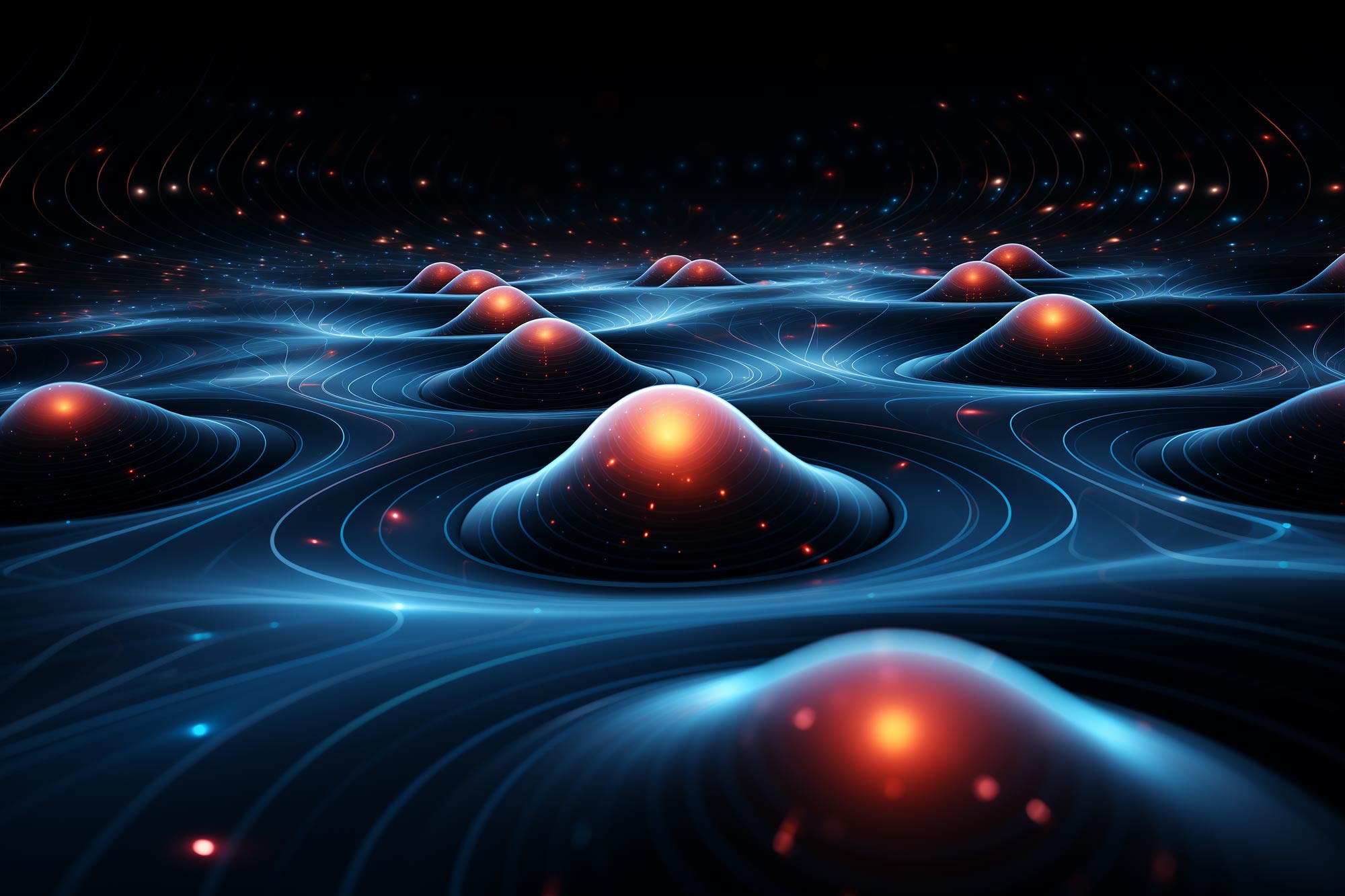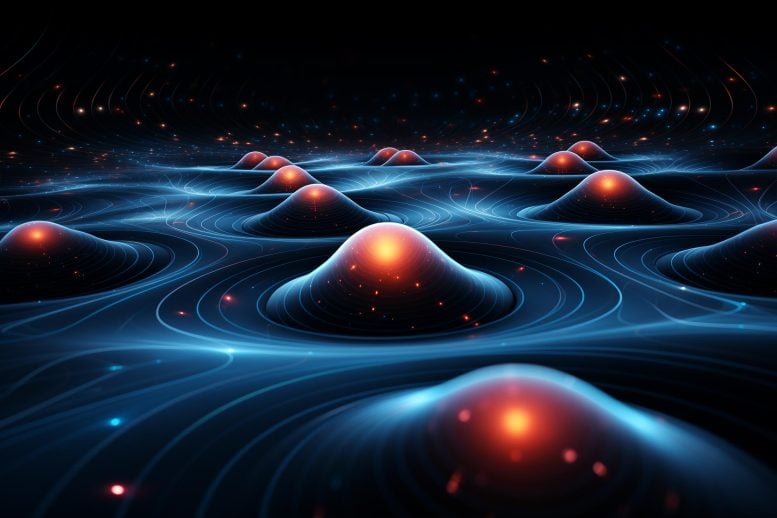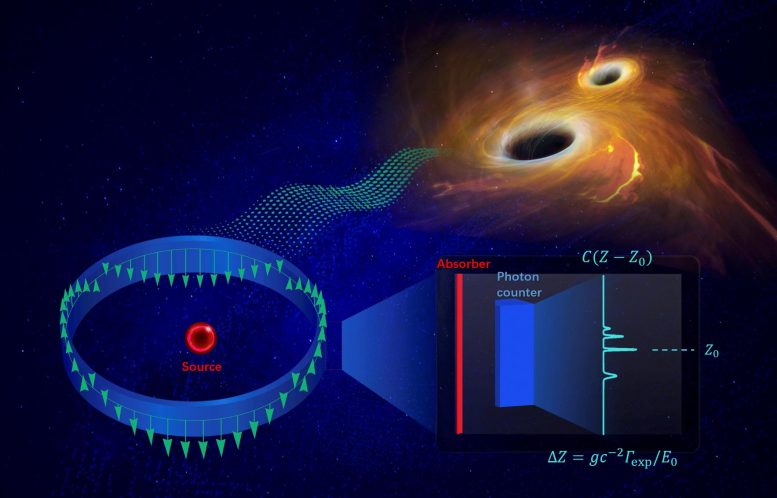

Scientists have introduced a groundbreaking method for detecting gravitational waves using Mössbauer resonance, which is renowned for its precision.
This technique mimics the exceptional sensitivity of frog eyes to motion, enabling the detection and detailed analysis of gravitational waves’ direction and polarization. This approach could significantly advance our understanding of gravitational phenomena.
Gravitational Wave Detection via Mössbauer Resonance
Scientists at the Institute of High Energy Physics (IHEP) of the Chinese Academy of Sciences have proposed an innovative method to realize gravitational wave detection by utilizing Mössbauer resonance, one of the most precise mechanisms in modern science.
Their findings, recently published recently in Science Bulletin, highlight a new approach that could revolutionize the study of gravitational waves. Analogous to the sensitivity of frog eyes to motion, the brand-new stationary Mössbauer setup is particularly attuned to time-variant energy shifts caused by space-time vibrations, and enables the reconstruction of both the direction and polarization of gravitational waves.
The Mössbauer Effect and Its Applications
The Mössbauer effect, which involves the recoil-free emission and absorption of X-ray photons by nuclei bound in a lattice, was a key discovery recognized by the 1961 Nobel Prize in Physics. Known for its exceptional precision, this effect was first used to test gravitational redshift in the famous Harvard tower experiment and has since been widely applied in material and chemical sciences, as well as in the development of Mössbauer spectroscopy.

Innovative Approaches in Gravitational Wave Measurement
In this latest proposal, IHEP scientists explore the potential of a stationary Mössbauer system, where gravitational frequency shifts caused by height variations could replace the traditional Doppler shift used in differential Mössbauer spectrometry. For isotopes like 109Ag, which possess an extremely narrow relative linewidth of 10-22, this method allows for the spatial localization of the Mössbauer resonance with an accuracy of 10 microns.
Enhanced Detection With Mössbauer Spectroscopy
“It comes to our realization that the local gravitational field is such a superb meter for energy calibration when it comes to gravitational shift,” said Prof. Yu Gao and Prof. Huaqiao Zhang (IHEP). They said the idea emerged during a discussion of whether nuclear systems can probe the photon energy shift inside a gravitational wave background.
As gravitational waves pass, they induce energy fluctuations in Mössbauer photons. Under the influence of the local gravitational field, these fluctuations lead to vertical displacements of the resonance spot. According to the team’s calculations, with sufficient spatial resolution, the setup could achieve remarkable sensitivity to gravitational waves.
Future Prospects and Laboratory Integration
“Mössbauer spectroscopy, with its unparalleled precision, has become an invaluable tool across various research fields,” said Prof. Wei Xu of IHEP. “By integrating this new detection scenario, we aim to bring this concept to fruition in a modern laboratory setting.”
Modern high-energy detectors, with their superior spatial and temporal resolution, enable real-time monitoring of the Mössbauer resonance. The paper proposes a novel layout where detectors are arranged in a circular configuration around an activated silver source, enhancing sensitivity not only to the strength of gravitational waves but also to their direction of propagation and polarization angle.
Reference: “A Mössbauer scheme to probe gravitational waves” by Yu Gao, Wei Xu and Huaqiao Zhang, 25 July 2024, Science Bulletin.
DOI: 10.1016/j.scib.2024.07.038